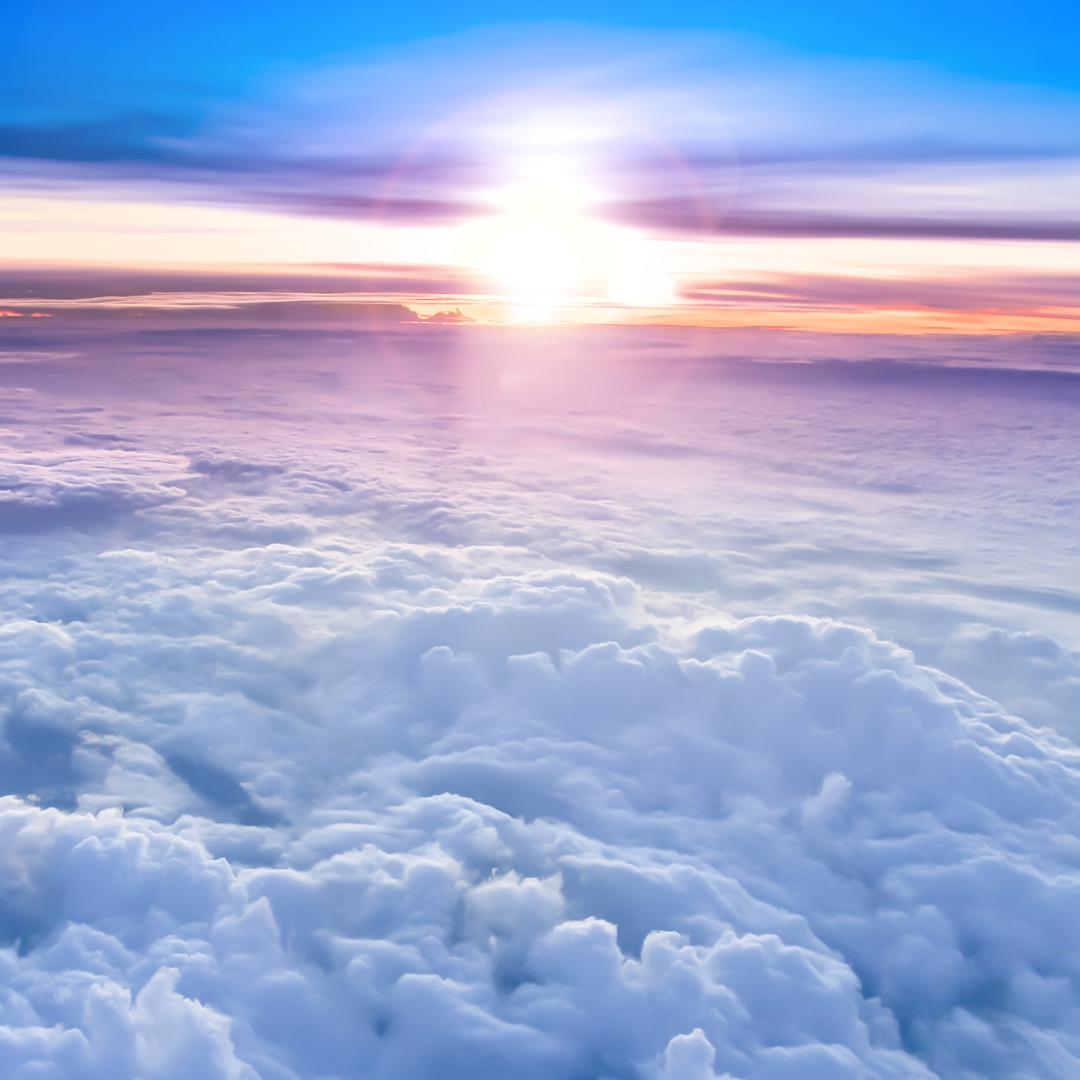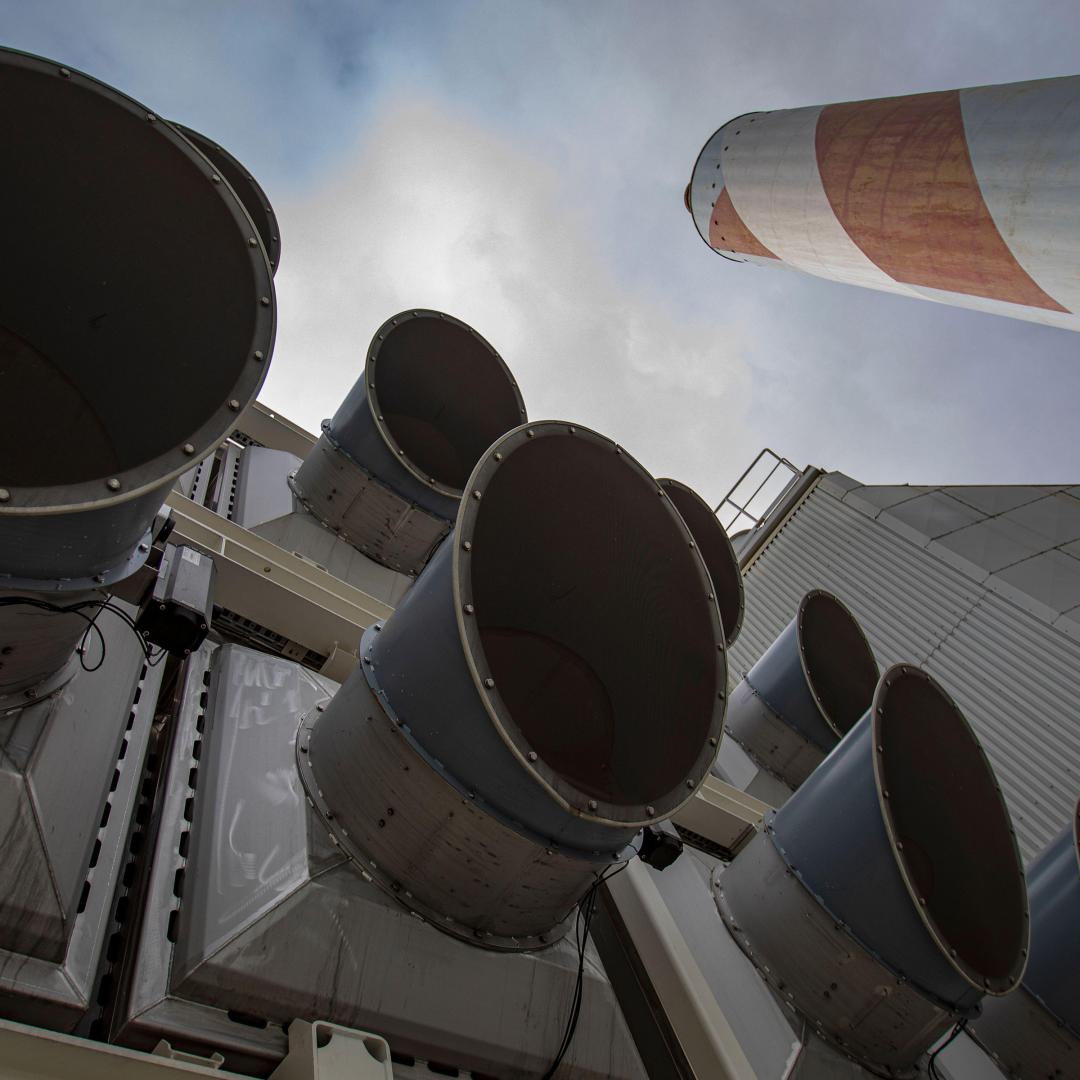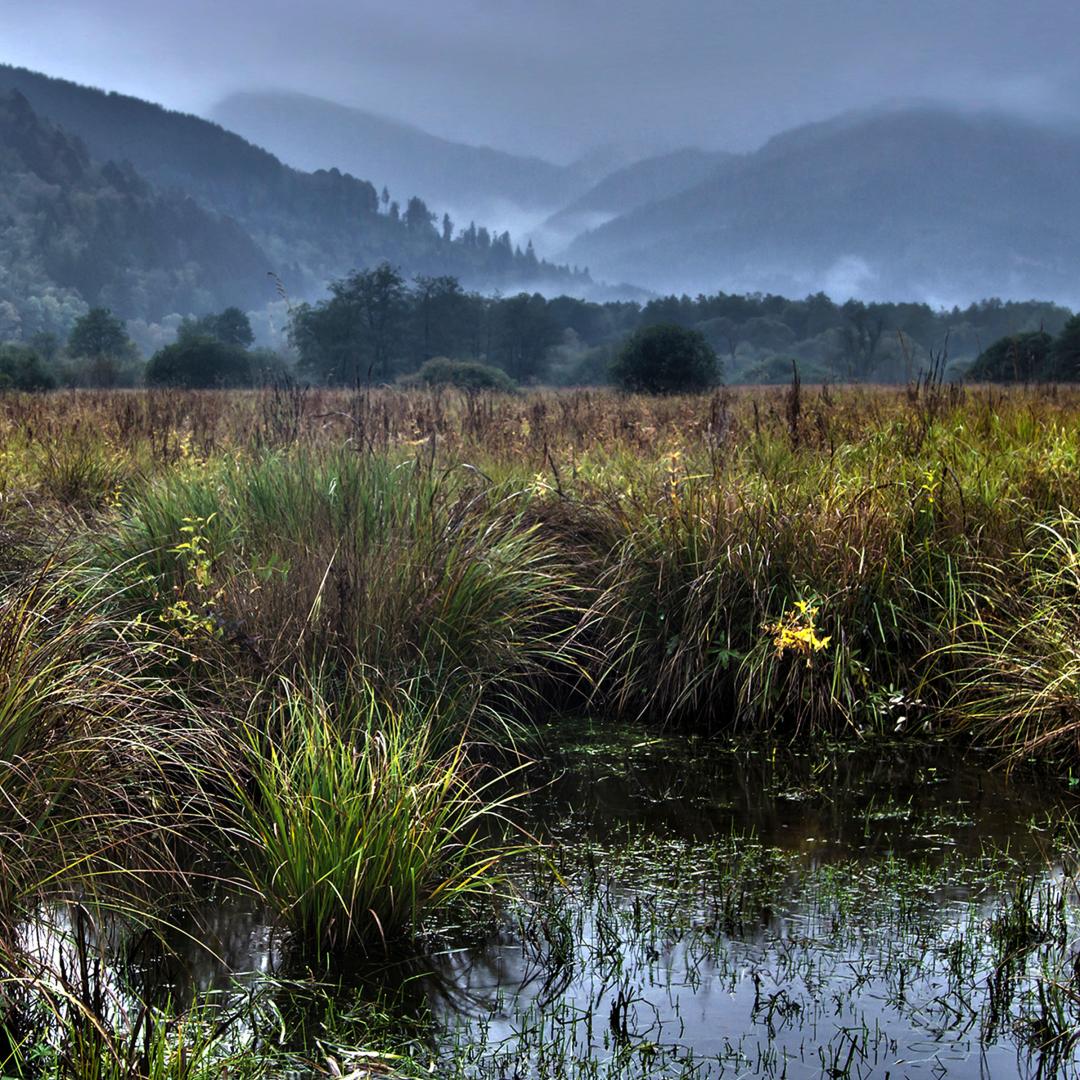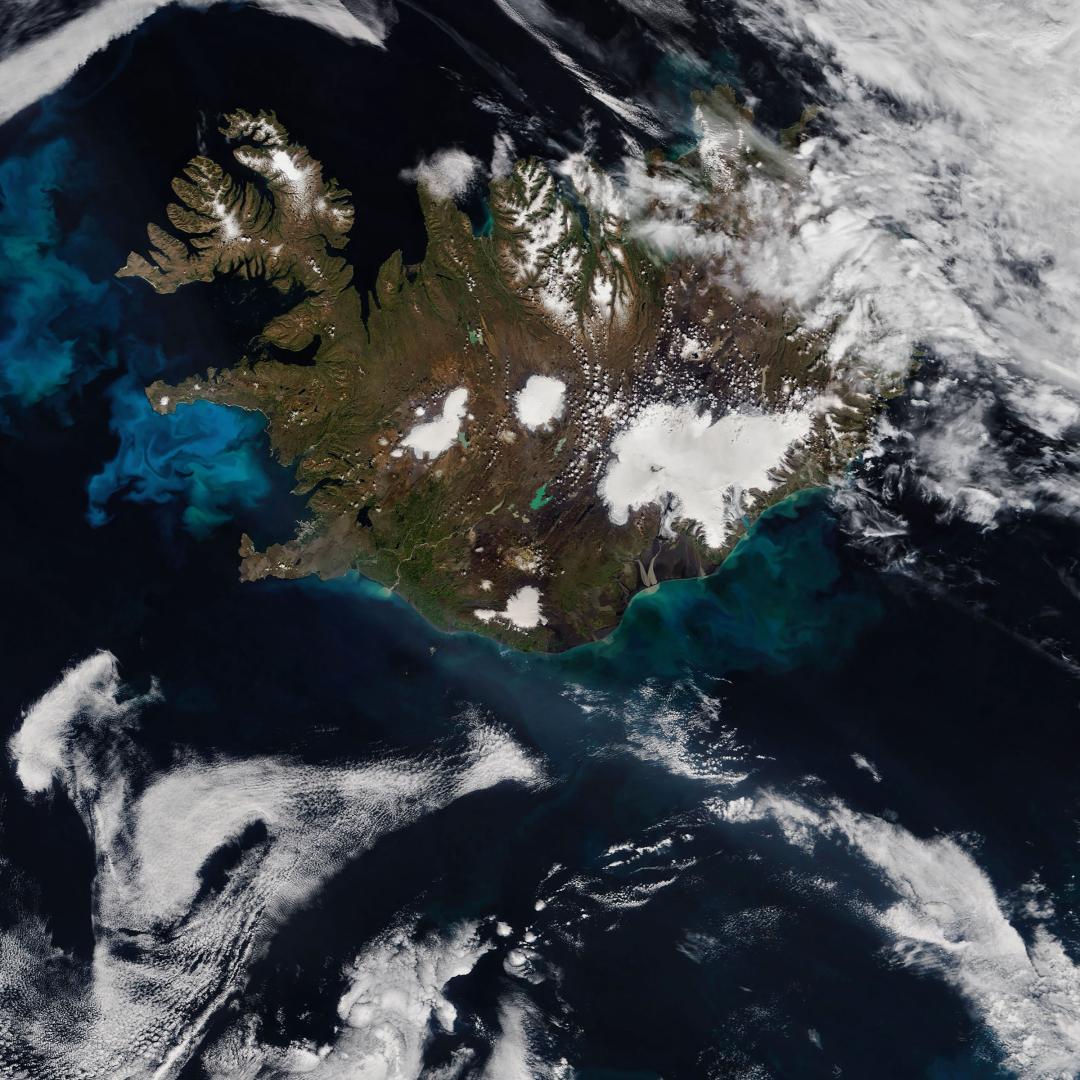Aumont, O., & Bopp, L. (2006). Globalizing results from ocean in situ iron fertilization studies. Global Biogeochemical Cycles, 20(2). Link to source: https://doi.org/10.1029/2005GB002591
Bakker, D. C. (2004). Storage of carbon dioxide by greening of oceans. In C. B. Field & M. R. Raupach (Eds.), The global carbon cycle: Integrating humans, climate, and the natural world (pp. 453–469). Island Press.
Boettcher, M., Chai, F., Canothan, M., Cooley, S., Keller, D. P., Klinsky, S., ... & Webb, R. M. (2023). A code of conduct for marine carbon dioxide removal research. Aspen Institute. Link to source: https://www.aspeninstitute.org/publications/a-code-of-conduct-for-marine-carbon-dioxide-removal-research/
Boyd, P. W. (2008). Implications of large-scale iron fertilization of the oceans. Marine Ecology Progress Series, 364, 213–218. Link to source: https://www.int-res.com/articles/theme/m364p213.pdf
Boyd, P. W., Jickells, T., Law, C. S., Blain, S., Boyle, E. A., Buesseler, K. O., ... & Watson, A. J. (2007). Mesoscale iron enrichment experiments 1993-2005: synthesis and future directions. Science, 315(5812), 612–617. Link to source: https://doi.org/10.1126/science.1131669
Buesseler, K. O., & Boyd, P. W. (2003). Will ocean fertilization work?. Science, 300(5616), 67–68. Link to source: https://doi.org/10.1126/science.1082959
Cao, L., & Caldeira, K. (2010). Can ocean iron fertilization mitigate ocean acidification? A letter. Climatic Change, 99(1), 303–311. Link to source: https://link.springer.com/article/10.1007/s10584-010-9799-4
Emerson, D., Sofen, L. E., Michaud, A. B., Archer, S. D., & Twining, B. S. (2024). A cost model for ocean iron fertilization as a means of carbon dioxide removal that compares ship‐and aerial‐based delivery, and estimates verification costs. Earth's Future, 12(4), e2023EF003732. Link to source: https://doi.org/10.1029/2023EF003732
Gattuso, J. P., Williamson, P., Duarte, C. M., & Magnan, A. K. (2021). The potential for ocean-based climate action: negative emissions technologies and beyond. Frontiers in Climate, 2, 575716. Link to source: https://doi.org/10.3389/fclim.2020.575716
Harrison, D. P. (2013). A method for estimating the cost to sequester carbon dioxide by delivering iron to the ocean. International Journal of Global Warming, 5(3), 231–254. Link to source: https://doi.org/10.1504/IJGW.2013.055360
Harvey, J. (2020). 30 years: The iron hypothesis is no more. Moss Landing Marine Laboratories Blog. Link to source: https://mlml.sjsu.edu/2020/06/18/30-years-the-iron-hypothesis-is-no-more/
Jin, X., & Gruber, N. (2003). Offsetting the radiative benefit of ocean iron fertilization by enhancing N2O emissions. Geophysical Research Letters, 30(24). Link to source: https://doi.org/10.1029/2003GL018458
Marinov, I., Gnanadesikan, A., Toggweiler, J. R., & Sarmiento, J. L. (2006). The southern ocean biogeochemical divide. Nature, 441(7096), 964–967. Link to source: https://doi.org/10.1038/nature04883
Martin, J. H., Gordon, M., & Fitzwater, S. E. (1991). The case for iron. Limnology and Oceanography, 36(8), 1793–1802. Link to source: https://doi.org/10.4319/lo.1991.36.8.1793
National Academies of Sciences, Engineering, and Medicine. (2021). A research strategy for ocean-based carbon dioxide removal and sequestration. National Academies Press. Link to source: https://www.nationalacademies.org/our-work/a-research-strategy-for-ocean-carbon-dioxide-removal-and-sequestration
Ocean Visions. (2023). Microalgae cultivation. Link to source: https://oceanvisions.org/microalgae-cultivation/
Oschlies, A., Koeve, W., Rickels, W., & Rehdanz, K. (2010). Side effects and accounting aspects of hypothetical large-scale Southern Ocean iron fertilization. Biogeosciences, 7(12), 4017–4035. Link to source: https://bg.copernicus.org/articles/7/4017/2010/bg-7-4017-2010.pdf
Oschlies, A., Slomp, C., Altieri, A. H., Gallo, N. D., Grégoire, M., Isensee, K., Levin, L. A., & Wu, J. (2025). Potential impacts of marine carbon dioxide removal on ocean oxygen. Environmental Research Letters, 20(1), 011001. Link to source: https://doi.org/10.1088/1748-9326/ade0d4
Robinson, J., Popova, E. E., Yool, A., Srokosz, M., Lampitt, R. S., & Blundell, J. R. (2014). How deep is deep enough? Ocean iron fertilization and carbon sequestration in the Southern Ocean. Geophysical Research Letters, 41(7), 2489–2495. Link to source: https://doi.org/10.1002/2013GL058799
Sarmiento, J. L., Gruber, N., Brzezinski, M. A., & Dunne, J. P. (2004). High-latitude controls of thermocline nutrients and low latitude biological productivity. Nature, 427(6969), 56–60. Link to source: https://doi.org/10.1038/nature02127
Shepherd, J. G. (2009). Geoengineering the climate: science, governance and uncertainty. The Royal Society. Link to source: https://royalsociety.org/-/media/policy/publications/2009/8693.pdf
Strong, A., Chisholm, S., Miller, C., & Cullen, J. (2009). Ocean fertilization: time to move on. Nature, 461(7262), 347–348. Link to source: https://doi.org/10.1038/461347a
Tagliabue, A., Aumont, O., DeAth, R., Dunne, J. P., Dutkiewicz, S., Galbraith, E., Misumi, K., Moore, J. K., Ridgwell, A., Sherman, E., Stock, C., Vichi, M., Völker, C., & Yool, A. (2016). How well do global ocean biogeochemistry models simulate dissolved iron distributions?. Global Biogeochemical Cycles, 30(2), 149–174. Link to source: https://doi.org/10.1002/2015GB005289
Tagliabue, A., Twining, B. S., Barrier, N., Maury, O., Berger, M., & Bopp, L. (2023). Ocean iron fertilization may amplify climate change pressures on marine animal biomass for limited climate benefit. Global Change Biology, 29(18), 5250–5260. Link to source: https://doi.org/10.1111/gcb.16854
Trick, C. G., Bill, B. D., Cochlan, W. P., Wells, M. L., Trainer, V. L., & Pickell, L. D. (2010). Iron enrichment stimulates toxic diatom production in high-nitrate, low-chlorophyll areas. Proceedings of the National Academy of Sciences, 107(13), 5887–5892. Link to source: https://doi.org/10.1073/pnas.0910579107
Yoon, J. E., Yoo, K. C., Macdonald, A. M., Yoon, H. I., Park, K. T., Yang, E. J., Kim, H. C., Lee, J. I., Lee, M. K., Jung, J., Park, J., Lee, J., Kim, S., Kim, S. S., Kim, K., & Kim, I. N. (2018). Reviews and syntheses: Ocean iron fertilization experiments–past, present, and future looking to a future Korean Iron Fertilization Experiment in the Southern Ocean (KIFES) project. Biogeosciences, 15(19), 5847-5889. Link to source: https://doi.org/10.5194/bg-15-5847-2018




